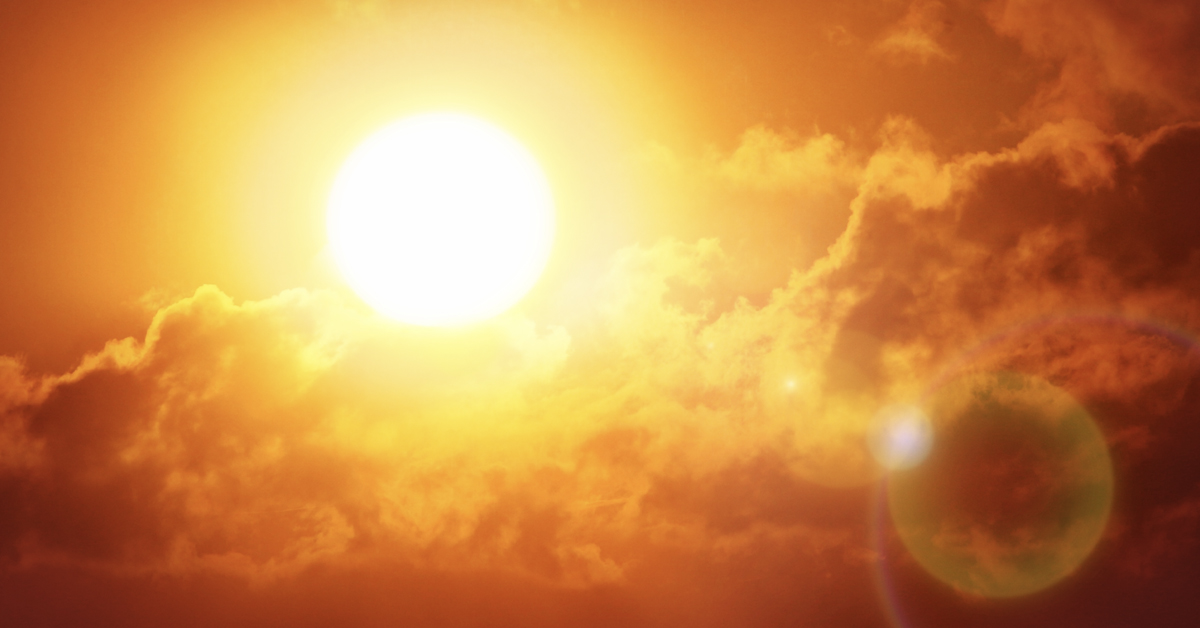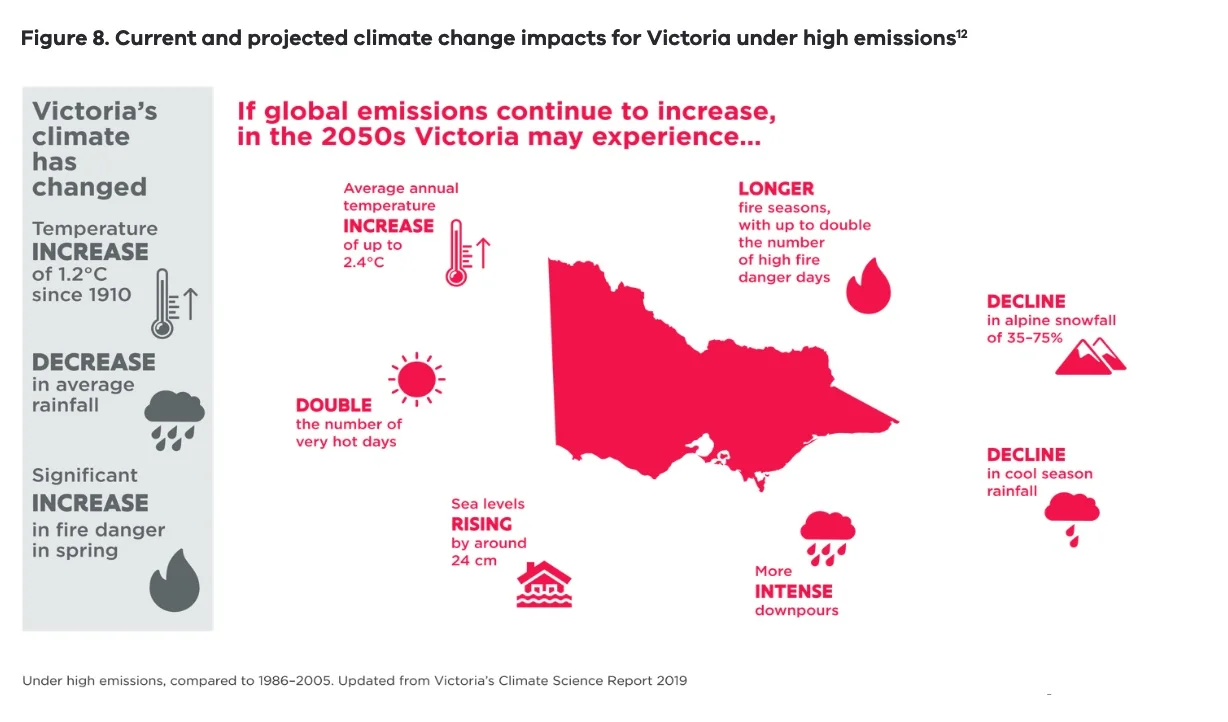
This article was written by Dr Melissa Sweet and first published on Croakey.org. North Western Melbourne Primary Health Network is a member of the Croakey funding consortium. We encourage you to support and subscribe to Croakey.
Ensuring social housing and health infrastructure are better equipped to cope with heatwaves and other impacts of climate change is a key plank of a new Victorian Government plan for health and human services adaptation.
The plan also highlights the need to support the health and social workforces to cope with the toll that climate change will exert upon their workplaces and workloads due to increases in demand and more frequent demand surges, resulting from climate-related hazards and events.
With more Victorian residents working in healthcare and social services than any other industry, the plan says the “health, safety and well-being of our workforce will be a key focus of our adaptation response”.
And it stresses the importance of self-determination for Aboriginal people and communities in adapting to climate change, which it describes as a threat to Country and the cultural determinants of health and wellbeing.
“The connection of Caring for Country with self-determination and cultural safety establishes a strength-based approach to addressing the health impacts of climate change and climate change adaptation,” it says.
The plan also highlights the importance of engaging people with disability in emergency management planning and decision making, with research showing the disproportionate impact of emergencies on people with disability.
Wide-ranging impacts
The ‘Health and human services climate change adaptation action plan 2022-26’, developed by the Department of Health and the Department of Families, Fairness and Housing, identifies wide-ranging health impacts of climate change.
These include the risks of more severe and frequent bushfires and droughts, an increased risk of flash and coastal flooding, extreme weather events, harm to sites that are culturally significant for Aboriginal communities, reductions in the supply and quality of water, damage to transport infrastructure and supply chains, and food safety and security concerns.
The document notes that heatwaves and floods will pose particular challenges to the elderly, people on low incomes and others who rely on public or active transport as their primary means of getting around, who may have difficulty accessing key services and their place of employment or study, leading to further inequities.
It highlights the importance of supporting the mental health of people impacted by climate change, and learning from the last 12 years in supporting disaster-affected communities as part of Victoria’s response to catastrophic bushfires, including a focus on trauma-informed disaster recovery.
“Negative impacts on the social determinants of health also risk entrenching and increasing existing social and economic inequality, with consequent adverse health outcomes,” it says.

Leadership matters
The plan suggests that the interest in public health and health leadership due to COVID could “be leveraged to support increased action on climate change, including through expanded climate and health engagement programs”.
As an adaptation plan, the document does not address emissions reduction strategies. It presents 14 strategic actions that Victoria’s Health and Human Services system will take during the next five years.
“Of paramount importance, the disproportionate impact of climate change on vulnerable and disadvantaged groups, and the associated risks of increasing social and economic inequalities will be addressed as a priority across all 14 actions in this plan,” it says.
“Supporting vulnerable communities and partners to participate in key planning and policy development will be integral to the successful implementation of all actions.”
The document says adaptation is a complex, iterative and ongoing process that depends on the local context and diverse processes across states, regions, sectors and organisations, as well as the level of community and business responses, and it can be difficult to measure progress.

Big task
Fiona Armstrong from the Climate and Health Alliance welcomed the plan’s release and said it was a reminder that all governments – federal, state and territory – had a big task ahead in preparing for and responding to the impacts of climate change on the health sector.
“COVID has shown us that when the health sector is at risk of being overwhelmed, our society and economy are unable to function, and that there is a lot more to do, in every jurisdiction and across all parts of the health and aged care sectors, to assess risks to the populations they serve, to the infrastructure and supply chains from climate change, which will put pressure on health systems (and the health workforce) for many decades to come,” she said.
Armstrong said healthcare decarbonisation, including of its supply chains, is critical if we are to build climate resilience in the health sector. A national healthcare decarbonisation plan is needed to ensure a consistent approach, with lessons shared from all jurisdictions to accelerate action, and manage risk.
Thrilled to see this important strategy out in the world at long last! @VictorianCHO https://t.co/xHVQLVoOAc
— Climate and Health Alliance (@healthy_climate) February 9, 2022




